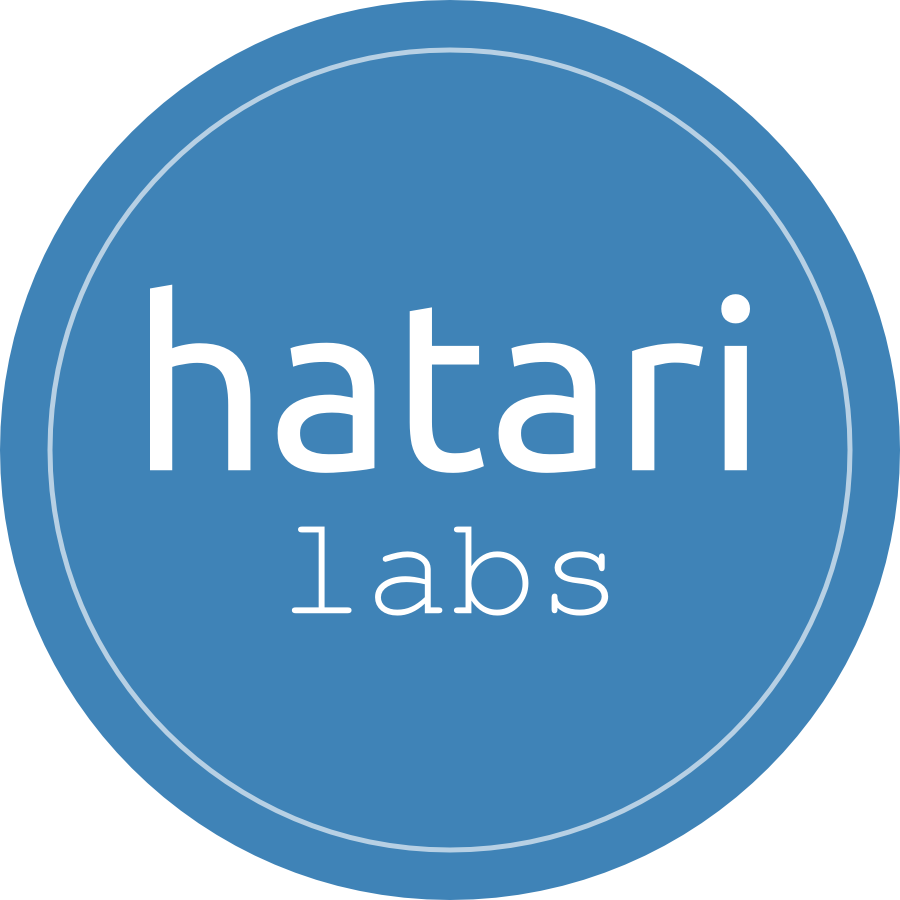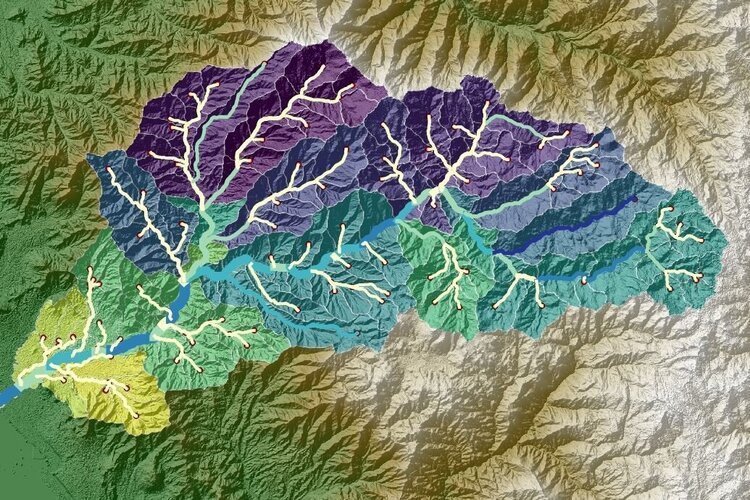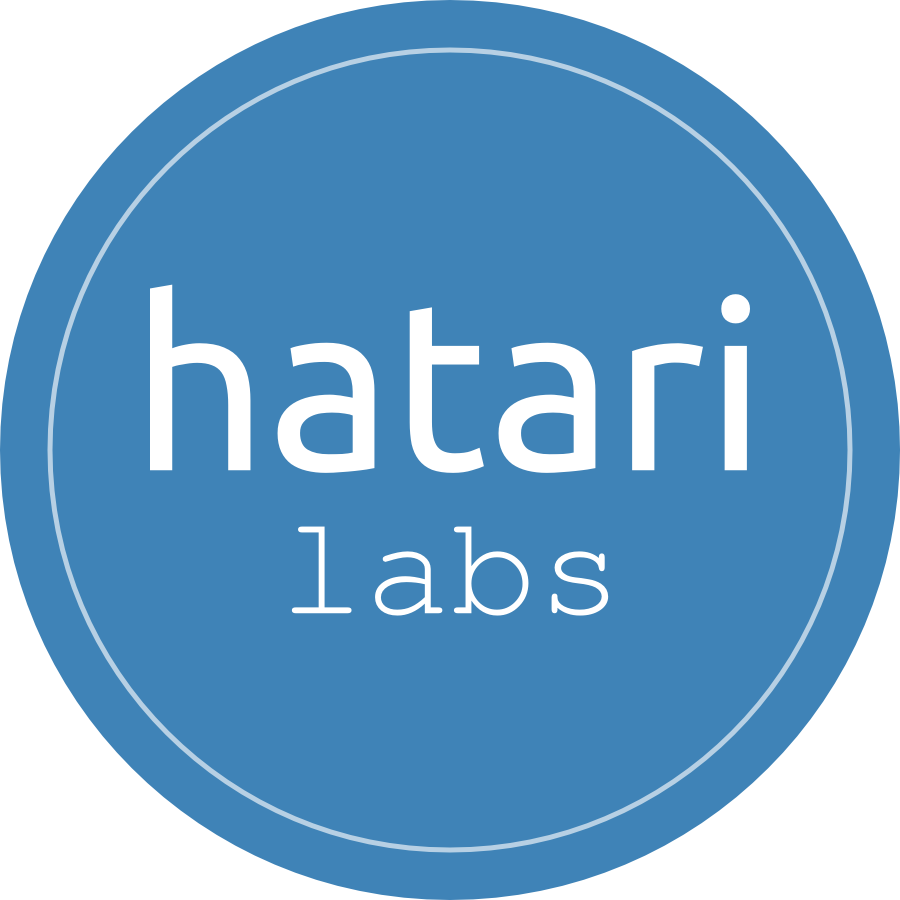A watershed can be defined as “the topographic area within which apparent surface water runoff drains to a specific point on a stream or to a waterbody such as a lake” (Shimon, 2010), this way a watershed works as a large water collector converting water inputs into runoff and water storage (Chavarri, 2012). Knowing watershed´s hydrological characteristics (precipitation, runoff, evapotranspiration, and groundwater infiltration) allows to evaluate spatial and temporal water resources availability, it is useful for water resources allocation and flow control. Water balance is a tool that allows knowing basin characteristics by application of the mass conservation principle or continuity equation (Rose, 2004; Essam, 2007), according to rhis principle, any difference between inputs and outputs must be reflected in a change in the storage of water within the budget area (UNESCO, 1988; Shimon, 2010).
Read More























